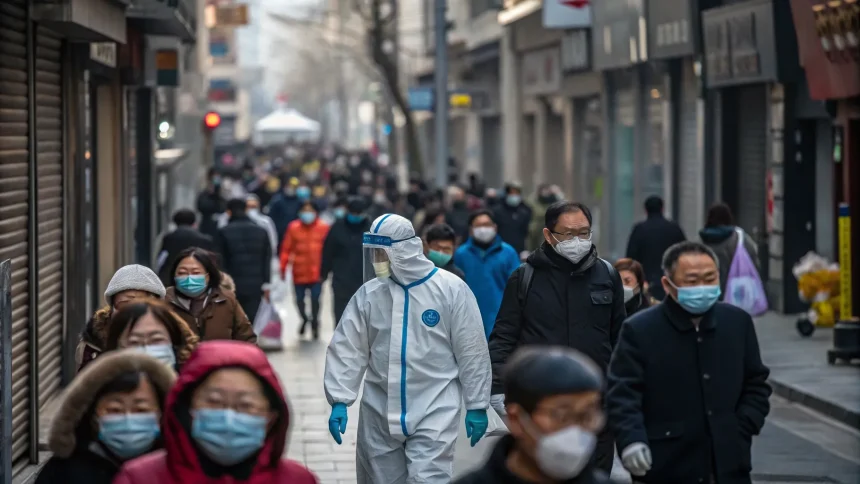A dangerous disease has killed 12 people in the country this year, health officials report. The virus responsible for these deaths continues to spread at an alarming rate, raising concerns among public health experts and government officials.
The outbreak represents a significant public health challenge as authorities work to contain the spread and prevent further fatalities. While officials have not released the specific name of the disease, the rapid transmission rate suggests it may be highly contagious.
Current Impact and Spread
The 12 confirmed deaths mark a concerning development in the nation’s public health landscape. Health authorities are tracking the virus’s progression across different regions, with early data suggesting the pathogen may be spreading through multiple transmission vectors.
Dr. Sarah Chen, an epidemiologist consulted about similar outbreaks, explains that viruses with rapid spread patterns often share certain characteristics: “When we see this kind of transmission speed, we typically look at factors like incubation period, method of transmission, and population density in affected areas.”
The geographic distribution of cases remains unclear, though health officials have indicated they are monitoring several hotspots where infection rates appear highest.
Response Measures
In response to the growing crisis, health authorities have begun implementing containment strategies. These include:
- Enhanced surveillance and testing in affected areas
- Contact tracing for confirmed cases
- Public health messaging about prevention methods
The national health ministry has established an emergency response team to coordinate efforts across different regions. “Our priority is stopping the spread while providing treatment to those already infected,” a ministry spokesperson stated in a recent briefing.
Historical Context
While this current outbreak is concerning, the country has faced similar health crises in the past. Previous viral outbreaks have tested the nation’s public health infrastructure, sometimes leading to improvements in response capabilities.
Health historian Dr. James Wilson notes that “how a nation responds to these crises often shapes their public health systems for decades to come. The lessons learned become part of institutional knowledge.”
The current outbreak comes at a time when many countries worldwide are strengthening their epidemic response systems following recent global health challenges.
Looking Forward
Health officials warn that without proper containment, the death toll could rise significantly in coming weeks. The rapid spread pattern suggests the virus may have a high reproduction rate, meaning each infected person could potentially spread it to multiple others.
Medical researchers are working to identify effective treatments and possibly develop vaccines, though such efforts typically require months of development and testing.
Public health experts recommend that citizens follow basic preventive measures while authorities work to contain the outbreak. The situation continues to develop, with health officials promising regular updates as new information becomes available.









